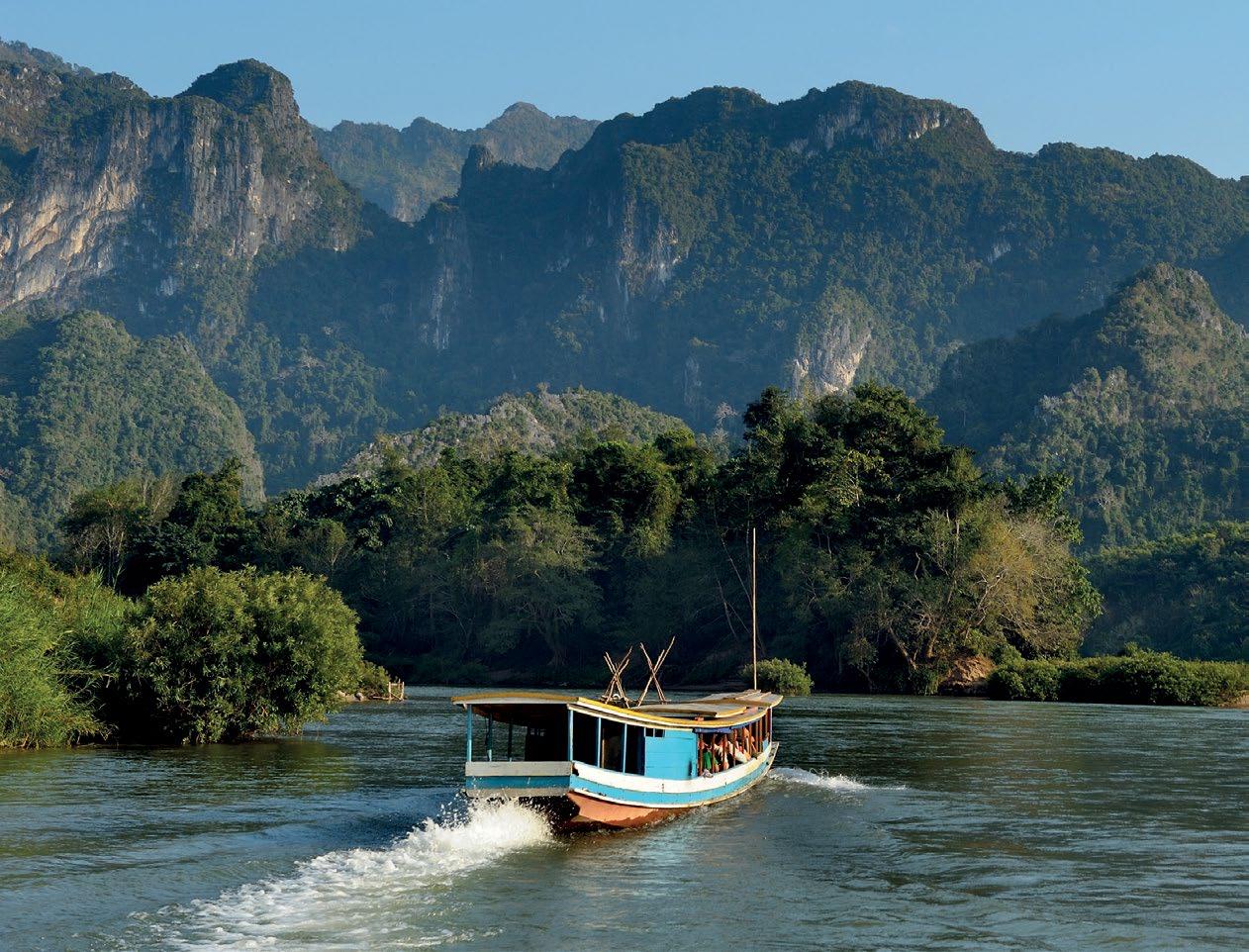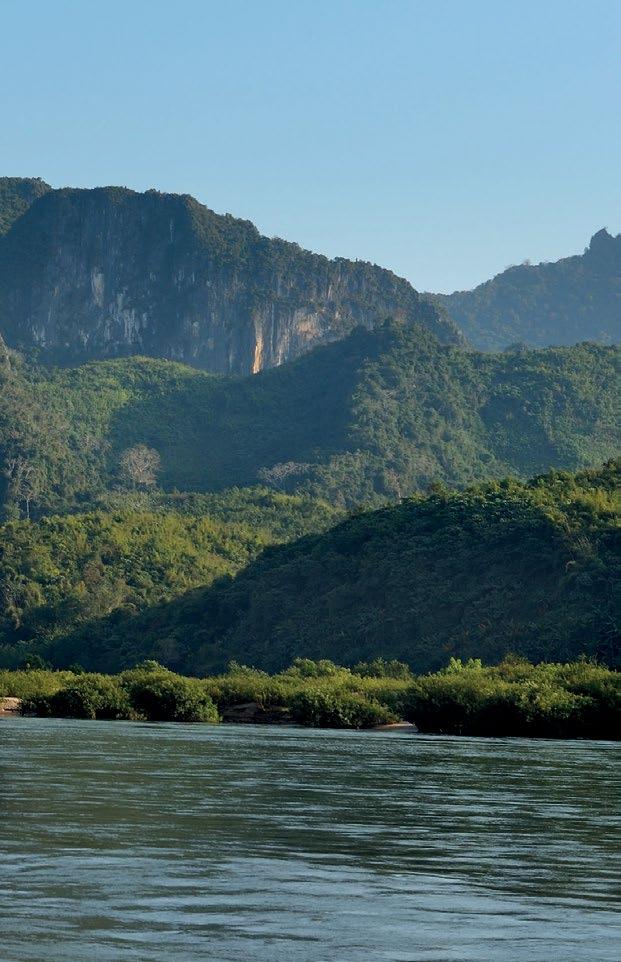
2 minute read
Seasonal guide
Cambodia and Vietnam present the opportunity for year-round travel, while seasonal climatic changes mean there’s a favorite season for everyone. Our seasonal guide lets you know what to expect when visiting, helping you plan your perfect adventure.
Winter sun, December–February
Vietnam and Cambodia are excellent destinations to visit between December and February to catch some sun. Cambodia doesn’t have an official winter month, though December and January are the coolest months and a popular time of the year for visitors, with average highs of 82°F.
Vietnam is generally cooler though amenable; December through to February are the coolest months, with an average high in Hanoi of 68°F and warmer temperatures in the south, with highs of 81°F in Ho Chi Minh City. This is a popular time of the year to visit Southeast Asia, as one can explore the historic landmarks and temple wonders in comfort while also being able to lounge on the beaches and enjoy the spectacular coastlines.
Southeast spring, March–May
In April and May, regional temperatures begin to rise. Hot and dry, traveling across Cambodia and Vietnam at this time you can expect crystal clear blue skies, humid days, with little to no rainfall up until mid–May. Beach visits and coastal sojourns are especially perfect at this time of year—while Southern Vietnam enjoys year–round tropical climates, May showers can provide respite from the midday heat.
In Cambodia, temperatures begin to ascend to perfect levels for lovers of warmer climes, with the nation’s uplands and beaches providing natural respite from the midday heat.
Green season, June–September
The arrival of June brings with it the rains and the beginning of the Green Season. Each day you can expect a short burst of rain either early in the morning or mid–afternoon. Traveling across the two nations at this time brings many advantages, perhaps most strikingly evidenced in the beauty and lushness of the landscape.
The region bursts into vibrancy as colourful flowers bloom, rice paddies turn a lush green, and the vast tropical jungles erupt into life. The emergence of the rain brings with it joyous festivities all across Southeast Asia, as the changing climate has a great impact on cultivation. The green season is often less traveled, meaning fewer crowds across Southeast Asia’s most celebrated landmarks.

Autumn in Asia, October–November
For the majority of Vietnam, the coming of October represents the ending of the wet season with temperatures dropping to an average of 79°F. In Central Vietnam and the cities of Hue and Hoi An, however, the rains first occur here at this time. The climate in October and November assures these months are great for visiting Hanoi, Halong Bay, and the nation’s coastlines and beaches. Cambodia’s rain continues into October and it’s slightly hotter than across the border in Vietnam, with averages of 81°F.
Representing the transition from the wet season into the dry season for most of the region, visitors can enjoy all that this shift carries. With mostly clear skies, exploration is comfortable and crowds are lower. The Mekong Delta is rich with life and basking in sunshine, while Cambodia’s climate isn’t as stifling as in months prior.












